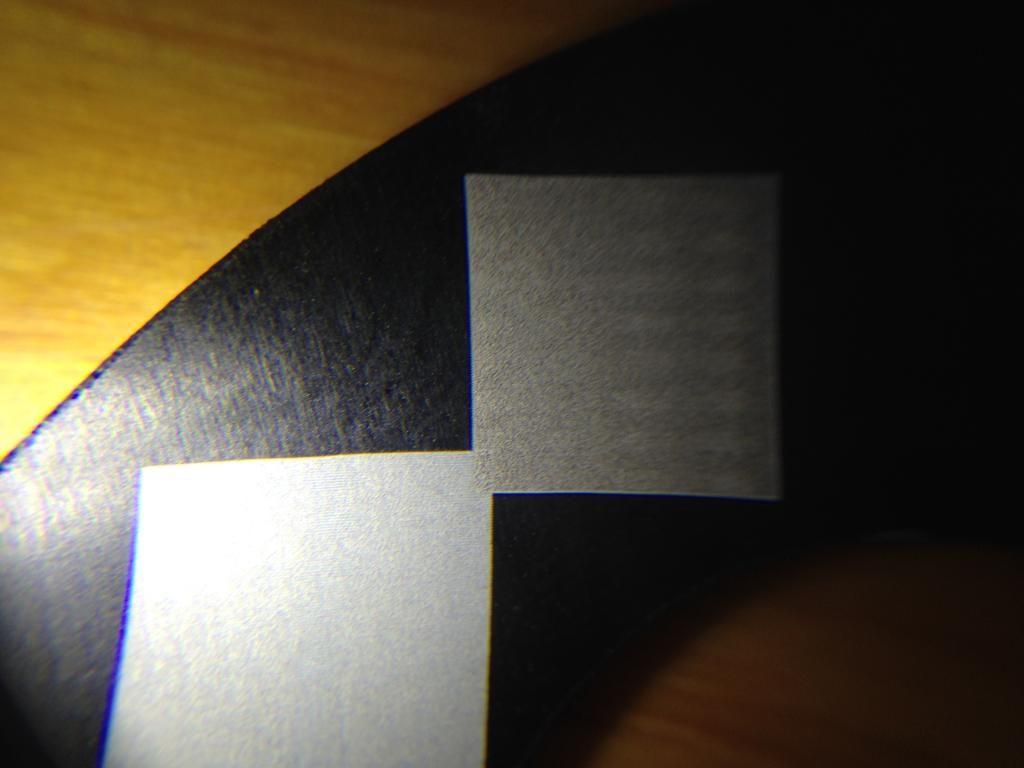Any luck Dan? Just as a point of reference, the correction on rastering increases the power at the ends of engraving to compensate for the slow down and ramp up of the stroke. That would mean a value of 20 would put more power at the left and right edge, and leave less power in the middle, which is where you are having the issue (the middle not engraving as thoroughly as the ends). That's why I'm telling you to change that value to zero. It essentially over powers the edges a little to compensate for the ramp up and down in speed. It's not needed often and I'd guess it'd almost never be something you'd use on things like anodized aluminum, but I suppose some circumstance could show up that would need it, but in general, that's not needed on anodized aluminum.
Having a value in that field can make things like smaller text look fat on the ends of travel and the text in the center will look sharp and crisp.
It's a feature that's rarely used for me and it's one of those features you shouldn't use unless you're having issues that require it to correct the issue.
Lasers : Trotec Speedy 300 75W, Trotec Speedy 300 80W, Galvo Fiber Laser 20W
Printers : Mimaki UJF-6042 UV Flatbed Printer , HP Designjet L26500 61" Wide Format Latex Printer, Summa S140-T 48" Vinyl Plotter
Router : ShopBot 48" x 96" CNC Router Rotary Engravers : (2) Xenetech XOT 16 x 25 Rotary Engravers
Real name Steve but that name was taken on the forum. Used Middle name. Call me Steve or Scott, doesn't matter.




 Reply With Quote
Reply With Quote

 )
)



